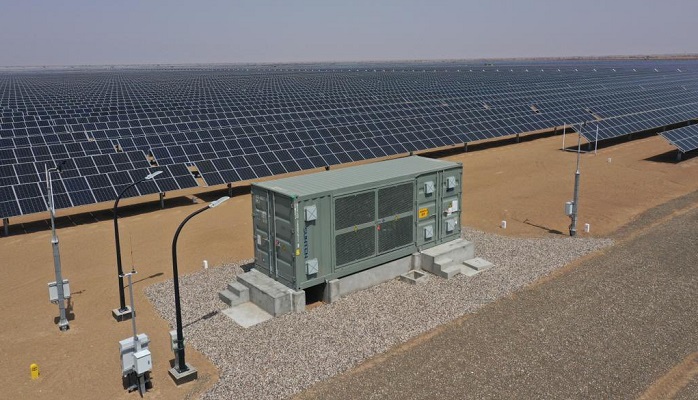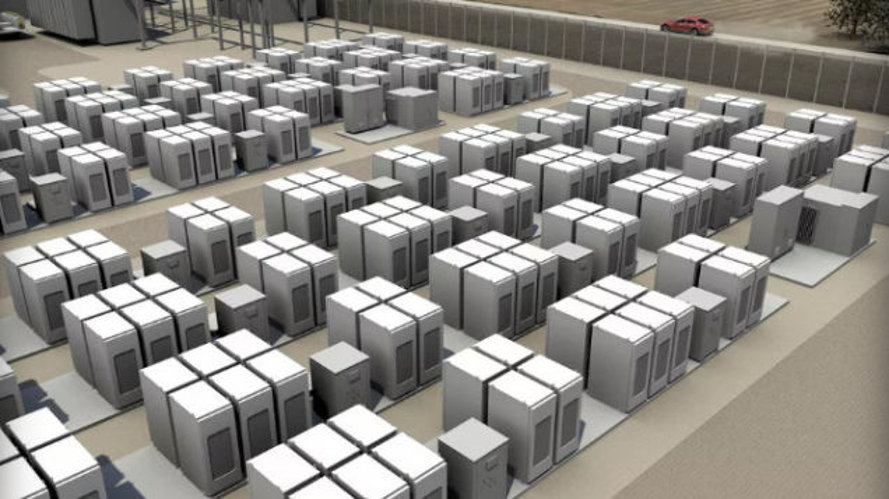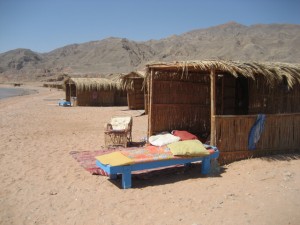Not every one of the high-efficiency solar panels you see embedded on rooftops utilizes solar batteries. Whether a solar kit uses batteries or not depends on the owner’s goals and the type of kit they have.
Most residential solar kits use a grid-tied system. That means there’s no need for batteries — especially if the homeowner has a net metering option.
More often than not, those with solar batteries are owners that utilize a hybrid or off-grid solar kit. However, many are beginning to realize the benefits of using a solar battery, even with grid-tied systems.
Benefits of a Solar Battery
A grid-tied system is the most common solar kit you’ll find on residential installations. These kits tie to a conventional power grid. The system then sells back the excess electricity through net metering. If net metering is available, the homeowner receives a reduced or eliminated energy bill.
The drawback to grid-tied kits is that they rely on conventional sources of energy that must be bought from the local power company. This is where solar batteries come in like the hero we all deserve. Adding a battery system allows homeowners to store any excess power produced during the day to draw on at night.
The significant advantage here is that homeowners get to use their free electricity instead of relying on the grid and purchasing energy during peak hours. The second significant benefit of a solar battery system is that it allows you to avoid power grid interruptions and have electricity in the event of a blackout.

The Ibri solar power plant, Oman
Solar Battery Types
Before understanding how solar batteries work, it’s vital to understand the various battery types and storage options.
Currently, all solar batteries fall into one of the following categories:
- Lithium-Ion
- Lead-Acid
- Flow
Out of the options available, most manufacturers prefer lithium-ion batteries. That’s because lithium-ion can hold greater amounts of energy for much longer than the alternatives.
Additionally, these types have a more reliable lifespan and are much more compact. However, the advanced technology that makes lithium-ion batteries so great also makes them the most expensive option.
Lead-acid batteries are also commonly used because they’ve been around for many years and are a much cheaper alternative. It’s a proven material used in everything from cars to off-grid solar batteries.
The newest battery type on the market is flow batteries. These have a substantial Depth of Discharge (DoD). This makes them ideal for people who plan on heavy battery use and want their batteries to last. However, these require vanadium, a rare metal, making flow batteries the most expensive option.
Once you determine the best material for your project, you’ll want to get a battery bank. The truth is, installing a solar battery system is expensive. For that reason, many people attempt a DIY solar battery bank. While this is entirely possible, it may end up costing you more in the long run because it may not be as efficient or durable.

General Solar Battery Process
The way your solar battery system is configured determines how the batteries work. The three approaches include AC coupling, DC coupling and replacing the inverter.
AC Coupling
An AC-coupled system requires several inverters and a battery bank to operate. This system connects an off-grid inverter and a battery bank and pairs it to a grid-tied inverter.
During normal day-to-day usage, the DC electricity generated by the solar panels gets sent directly to the inverter to convert into AC. Any excess AC production is then sent through a separate inverter, where it’s converted back to DC to be stored in the battery system.
In the event of a blackout, the system pulls the stored electricity from the battery bank. The off-grid inverter “tricks” the grid-tied inverter into thinking power is still available because the off-grid inverter acts as a secondary power source.
Essentially, AC-coupled systems invert electricity each time it’s sent from the solar panels, from the house to the battery bank and from the battery bank back to the house.
Because there are multiple inversions, it results in a loss in efficiency compared to a DC-coupled system. However, AC-coupled systems can store energy from the panels and the grid, making it ideal for those who like to ensure they have a constant energy source without interruption.

DC Coupling
Off-grid systems operate with DC coupling. In these systems, the array of solar panels is connected directly to a battery bank and uses a charge controller.
These systems take the converted DC electricity collected from the solar panels and store it directly into the batteries as DC electricity. When needed, it leaves the batteries as DC and goes through an inverter to be converted into usable AC electricity.
DC coupling works well with various types of off-grid inverters and battery banks. However, it requires manually flipping the switch on the charge controller for the battery banks to recharge.
Replacing the Inverter
The last and most expensive solar battery system is one that replaces the original grid-tie or micro grid-tie inverter with a hybrid or storage-ready option.
Whether you currently have a solar battery system or are thinking of getting one, it may be beneficial to install a hybrid inverter. That’s because these work perfectly with and without batteries. It gives homeowners the option to add on a battery system at a later date.
Hybrid inverters convert DC to AC and vice versa. Ultimately, it eliminates the need for additional components and functions as an inverter for electricity directly from the solar panels and from the battery bank.
Backup and Peace of Mind
Regardless of the type of solar battery system you select, the benefits remain the same. You create a way to become self-reliant and have electricity in the times you need it most. With climate change, strange weather patterns and a subpar electrical grid, it’s clear that solar is the best option for a reliable and independent system.




